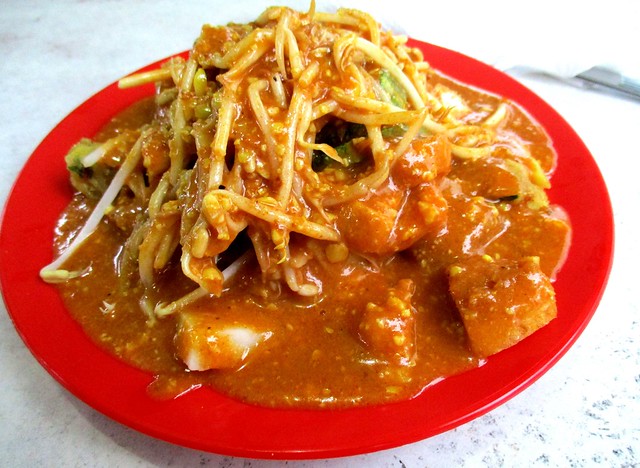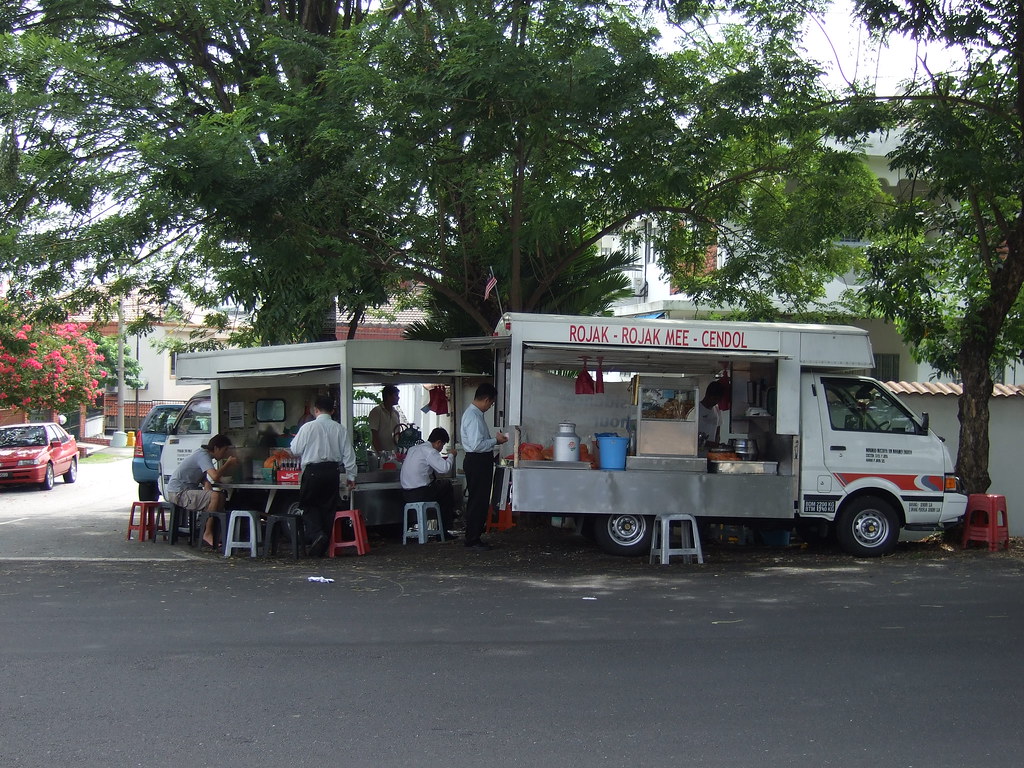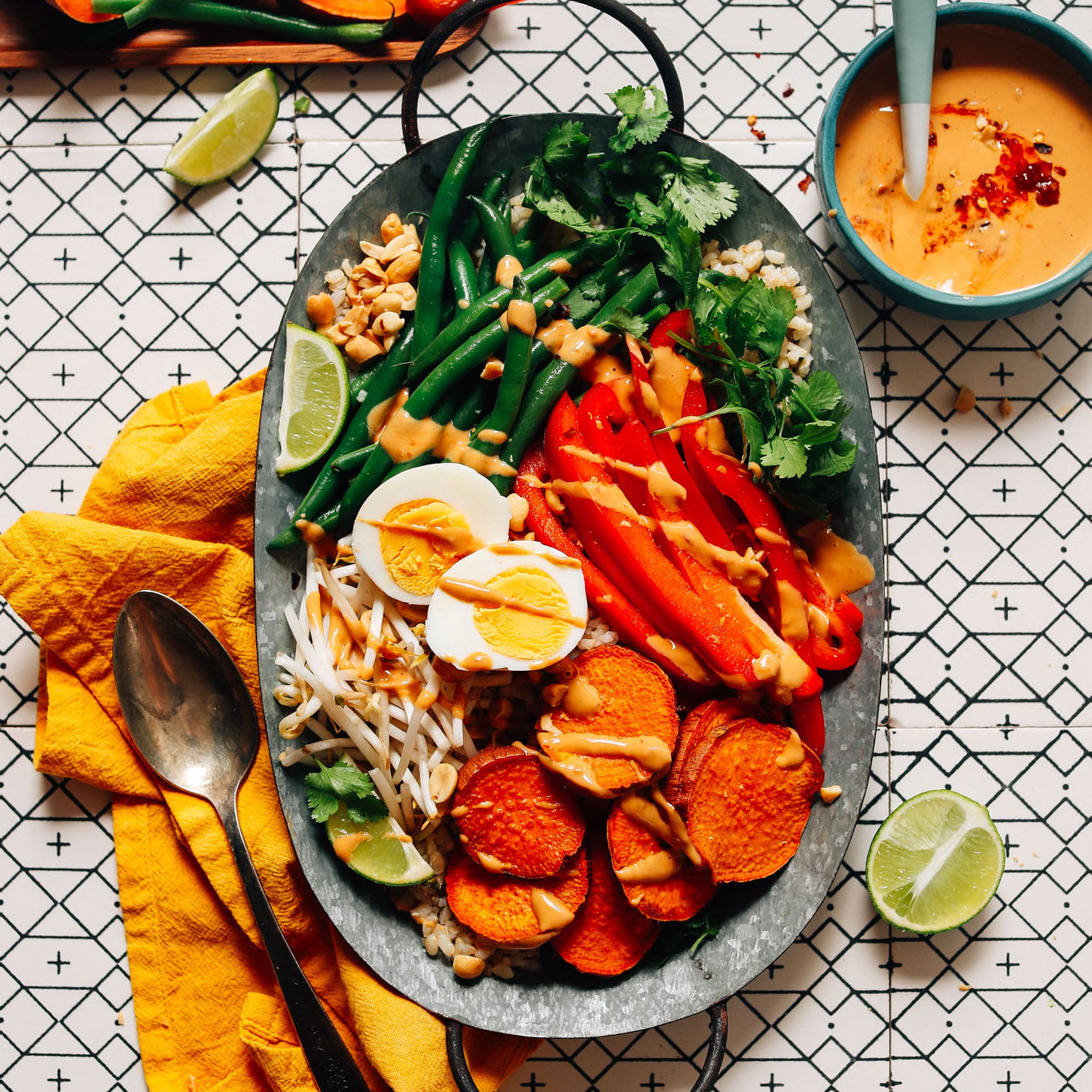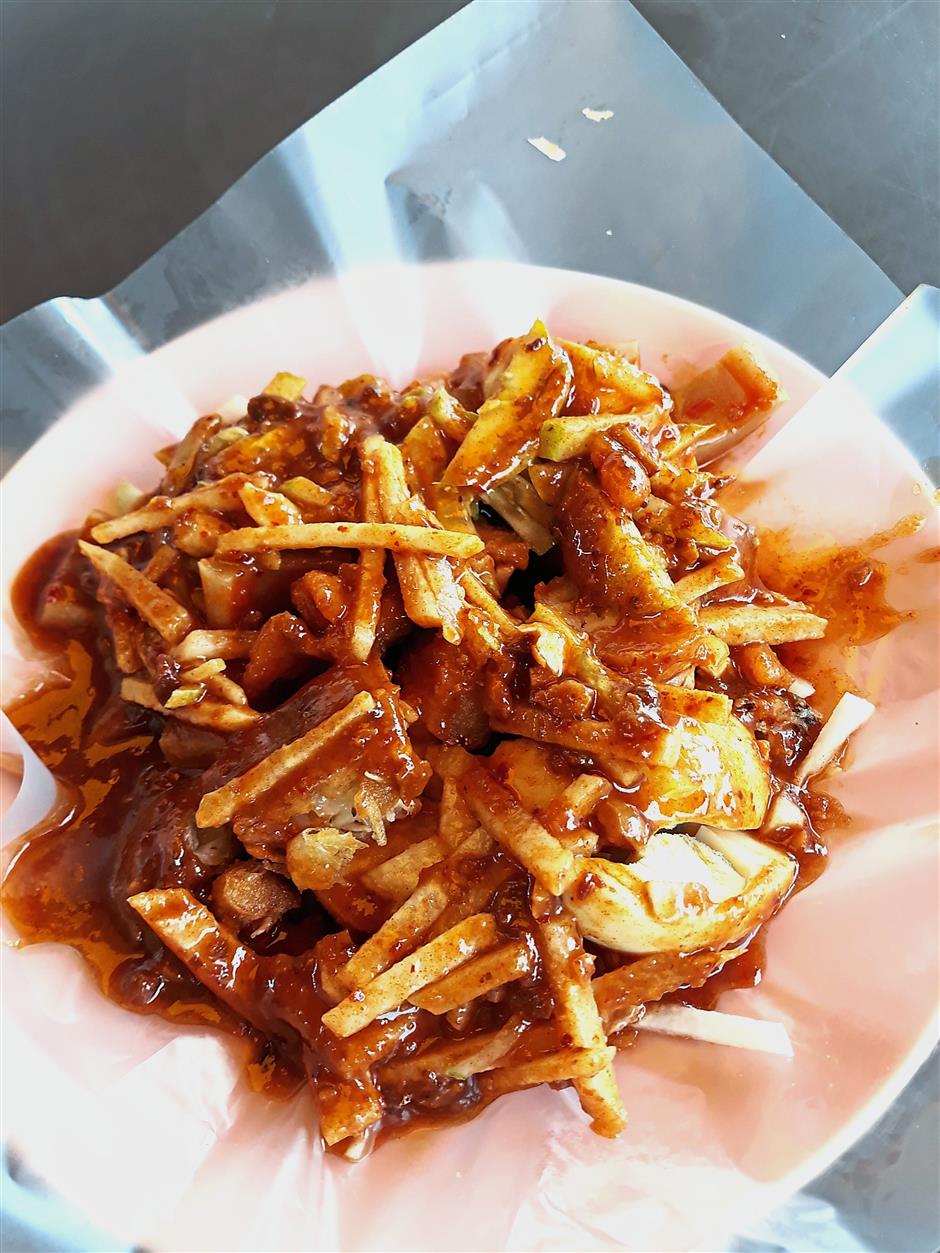
Determining the origins of this mouth-watering dish
Written by Aqil Nasri
We’re back! After a slight short hiatus on food origins, we’re ready to continue our journey into the wonders that are Malaysian foods and find out just why they’re so damn delicious.
On this week’s topic of food origins, we’re here to talk about the nationally renowned dish that has transcended boundaries and entered the mouths of many throughout history. That magnificent dish is known as the ‘Rojak’. This is a dish that was born in the Malayan archipelago, a place full of food wonders and heritage. While it may only have one name, the dish has many variants throughout its lifespan, going from the rojak buah, where ingredients consist of wholly different types of fruits placed in the dish to the Penang Rojak (or Pasembur) that many will know from the tons of roadside stalls that sell them throughout the country.

When talking about the origins of rojak, we must explain what the term rojak means in the first place. Rojak means an “eclectic mix” in colloquial Malay, with the many different ingredients present in the dish reflects the cultural diversity that we as Malaysians have, bringing in together many various items that may not make sense into something that when combined, creates a strong enough flavour into a harmoniously tasty blend.
The true origins of the rojak recipe remain deeply unclear, but there lies a possibility that ever since ancient times, natives from the Malay archipelago (Malaysia, Indonesia, and Singapore now) would normally eat sour-tasting seasonal tropical fruits. Back then, fruit harvesting time would usually coincide with rujak time as well. Other than that, the word rojak was called rurujak initially, and this originated from an ancient Javanese Taji inscription (901 CE) in the Mataram Kingdom, Central Java. This was the earliest mention of the word rujak in ancient history, making it a pretty old dish in the history of the world. Also, with that, the local Javanese people have also assimilated rujak into their prenatal ceremony known as Naloni Mitoni, making the dish quite a significant cultural heritage for the Javanese people.
However, the rujak in Indonesia may bear similarities with the rojak that we Malaysians know and love, but the crazy amounts of variety that the dish has throughout the Far East have considerable differences from each other. Besides the rujak buah that was mentioned in the previous paragraph, there is also the gado-gado, a thick peanut-based sauce with long beans and eggs, which bears more similarity to the Indian rojak (Pasembur) that Malaysians have enjoyed throughout the years. However, the main differences between these two are that the Pasembur has cut vegetables that are mixed with the sweet and sour flavours of the black pasty sauce of prawn paste. Also, the Singapore rojak is fairly distinct when compared to the Indian rojak (or Pasembur), sharing only its name and some of its ingredients.

Gado-Gado, the Indonesian variant
When talking about rojak here in Malaysia, what comes to mind normally for most Malaysians is the Pasembur variant. Now, I’m not saying that the rojak buah variant isn’t good, it’s just that people nowadays are more accustomed to the Pasembur version as personally, it’s the more delicious one out of the two. Served with a layer of cucumber strips, turnips strips and blanched bean sprouts on the bottom, the Pasembur is then packed with deep-fried bean curd, crispy fritters, prawn fritters, boiled potatoes and a hard-boiled egg on top of the mixed vegetables. This literally creates a ‘rojak’ of delicious and mouth-watering combinations of foods. Then, on top of that, the dish is poured with thick, rich gravy made out of sweet potatoes, chilies, ground roasted peanuts, which further completes the whole dish.

Pasembur
Now for rojak buah, this dish is slightly different from pasembur, as it typically consists of cucumber, pineapple, bean sprouts, deep-fried tofu, fritters, unripe mangoes, and green apples. The dish also has dressing involved, which is made out of sugar, chili, water, belacan, and lime juice. Some vendors may even spice things up by adding prawn paste, tamarind, or black bean paste. Finally, the ingredients will then be sliced into smaller portions, mixed with the dressings, and sprinkled on top with crushed peanuts. The dish is then ready to be served and consumed.

Rojak buah
Well, I hope that by the time you finish reading this article, you’ll be rushing out to grab a bowl of rojak buah or pasembur. Don’t worry, you won’t have to go far as most roadside stalls and some mamak restaurants will have them ready to be cooked and served.
Just don’t forget to invite a friend or two to share the joys of eating rojak with!

